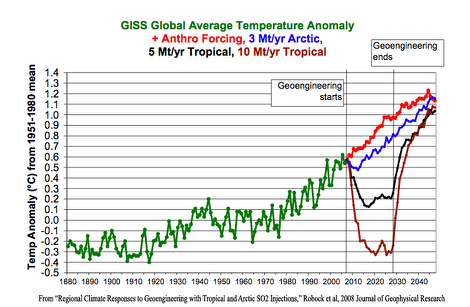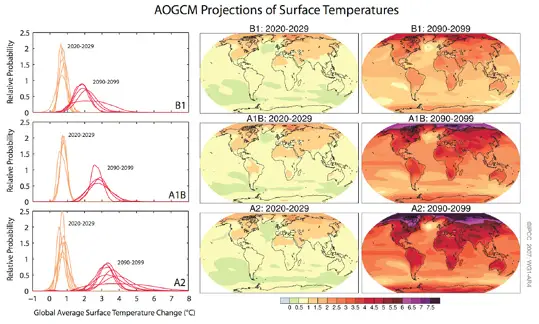Another UC, Berkeley Forefront magazine article discusses Green Future: Engineers Forge Novel Technologies For A Sustainable World.
Environmental Footprints: Sustainability by the Numbers
When given a choice—paper or plastic, cloth diapers or disposables, garbage can or recycling bin—most of us do what we think is greenest. The problem is, we’re often wrong.
“We make emotional decisions, but often there’s no scientific proof to back things up,” says Arpad Horvath, professor of civil and environmental engineering. For several years Horvath has focused on developing systematic methods to assess the environmental impact of our industrial processes, consumer goods and services and beyond…
In a 2004 study, for example, Horvath’s assessment revealed that reading the New York Times wirelessly on a PDA instead of having the paper delivered to your door requires consumption of about 140 times less carbon dioxide and 26 to 67 times less water. Now he is bringing his research to bear on the building industry, examining a building’s sustainability in the context of the entire supply chain behind its construction, operation, maintenance and end of life.
“Besides transportation and electricity generation, buildings are the single greatest consumers of energy and other resources,” he says. “And nearly every sector of our economy—mining, manufacturing and services—supplies to the building industry.”
Tiny Generators: Recapturing Waste Heat
Almost all the world’s power, roughly 10 trillion watts, is produced by burning fossil fuels and running engines based on heat. For every watt of power generated, one and a half watts are dumped as waste heat. It’s a law of thermodynamics.
“Can we extract some of the juice from that waste heat?” asks mechanical engineering professor Arun Majumdar. He and his colleagues are working at the nanoscale to build super-efficient devices that directly convert heat into electricity. Their research could some day lead to hybrid automobiles that generate electricity from the radiator to charge their batteries, or homes powered by extracting energy from their walls or the ground they stand on.
“When you generate 10 trillion watts of power, you’re wasting a staggering 15 trillion watts,” Majumdar says. “Extracting even a fraction of that would amount to huge fuel savings and reductions in carbon dioxide emissions.”
See the article for more on thermoelectricity.
Curb Your Car: Transforming Public Transit
The next time you’re stuck in rush-hour gridlock, try to imagine traffic in China, where automobile ownership is growing at the astounding rate of 80 percent annually. In just three years, China will have more cars on its roads than the United States. To help keep that growth sustainable, researchers at UC Berkeley’s Institute of Transportation Studies (ITS) are designing an urban transportation system that could curb the need for cars in Chengdu, China, and similar developing cities without sophisticated mass transit systems.
“The Chinese government is concerned with two issues: air quality as impacted by vehicle emissions and energy consumption,” says Samer Madanat, Xenel Professor of Civil and Environmental Engineering and ITS director. “China wants to depend as little as possible on foreign energy sources.”
Lee Schipper of EMBARQ also works on transit, first and third world.
Nuclear Renaissance: Reviving Greenhouse-Gas-Neutral Power
A coal-fired power plant capable of producing 1,000 megawatts of electricity burns at least 7.3 million kilograms of coal and releases upwards of 24 million kilograms of carbon dioxide into the atmosphere per day. The equivalent nuclear fission plant consumes just 3.2 kilograms of uranium per day and emits no carbon dioxide….
The newest designs [worked on by Vujic and colleagues], called “nuclear batteries” or small-footprint nuclear reactors, are self-contained power plants that can be installed in remote locations and crank out 100 to 300 megawatts for 15 to 20 years without refueling. Some serve as their own shipping crates for return to the factory, where the fuel is reprocessed for another battery.
“These would be especially useful in developing regions without a central electricity grid or advanced infrastructure, where we could provide cheap nuclear energy but also limit access to the fissile fuel,” Vujic says.

Nuclear battery See text for more information.
Get Smart: New Thermostat For Comfort And Savings
“Wouldn’t it be great if your meter could receive information about when the price is lowest to run your appliances and air conditioning?” asks mechanical engineering professor Paul Wright, acting director of the Center for Information Technology Research in the Interest of Society (CITRIS). To increase home energy efficiency and cut the cost of keeping cool,Wright and colleagues are bringing electronic brains into our home’s electrical systems, the next generation of “smart” meters and thermostats.
The approach, known as demand–response technology, uses the smart dust sensors…to monitor temperatures in various rooms of your home or apartment and relay data to a networked thermostat. Sensors coupled to electrical circuits in breaker boxes monitor power consumed by other appliances and indicate the cost of running, say, the washing machine at 2 p.m. on a sweltering day, when energy is most expensive. As energy prices shift, they are transmitted wirelessly from the utility company to the home’s smart meter.
The resident will simply program temperature preferences on a user-friendly thermostat. Employing control algorithms, the system then sets the air conditioner to match the desired profile as temperatures shift throughout the day…
The [California Energy Commission’s] goal is to equip every California home with new meters within 10 years, and the researchers hope their technology will be inside those devices. According to an Electric Power Research Institute report, the technology could eliminate the state’s need for five to ten new power plants over the next decade.








